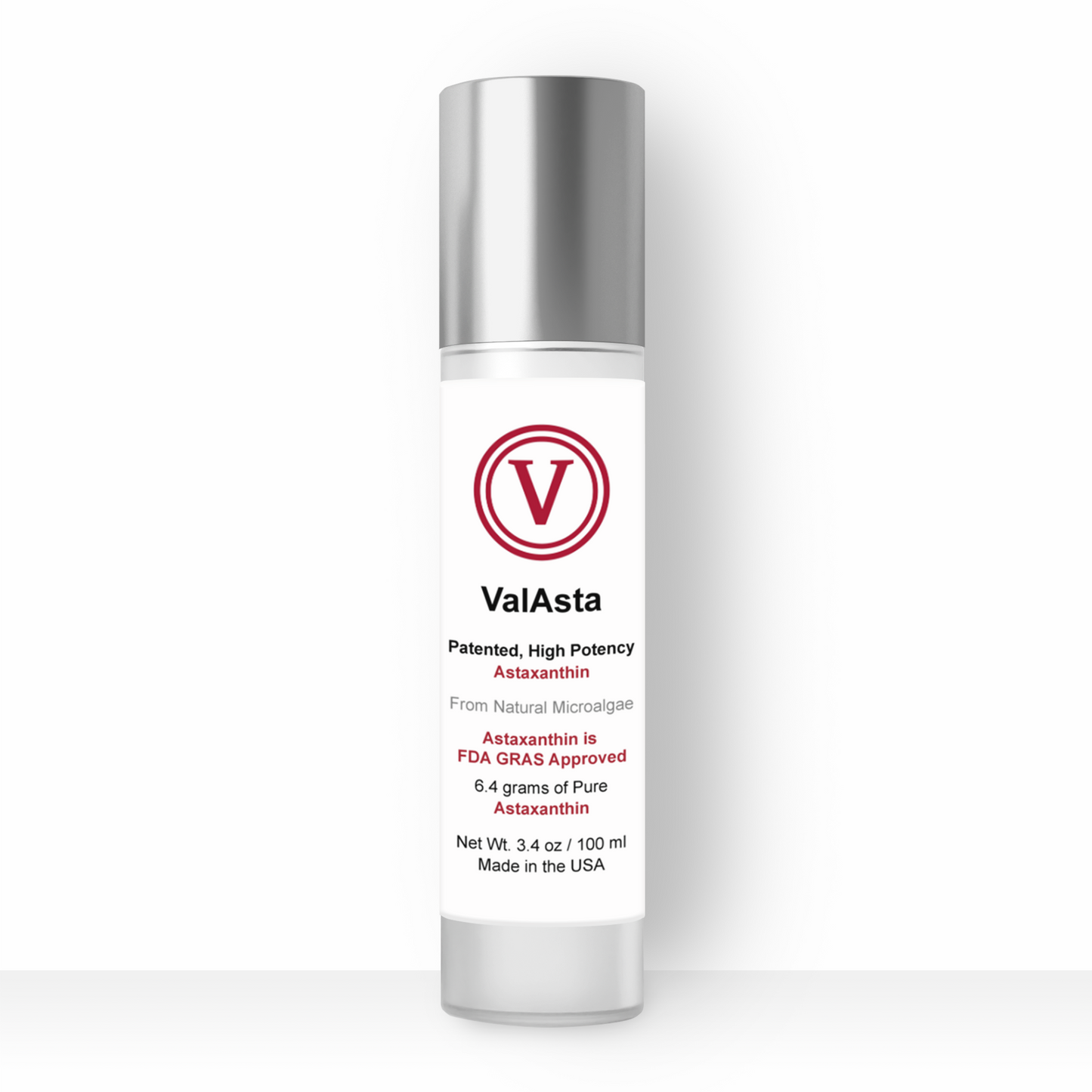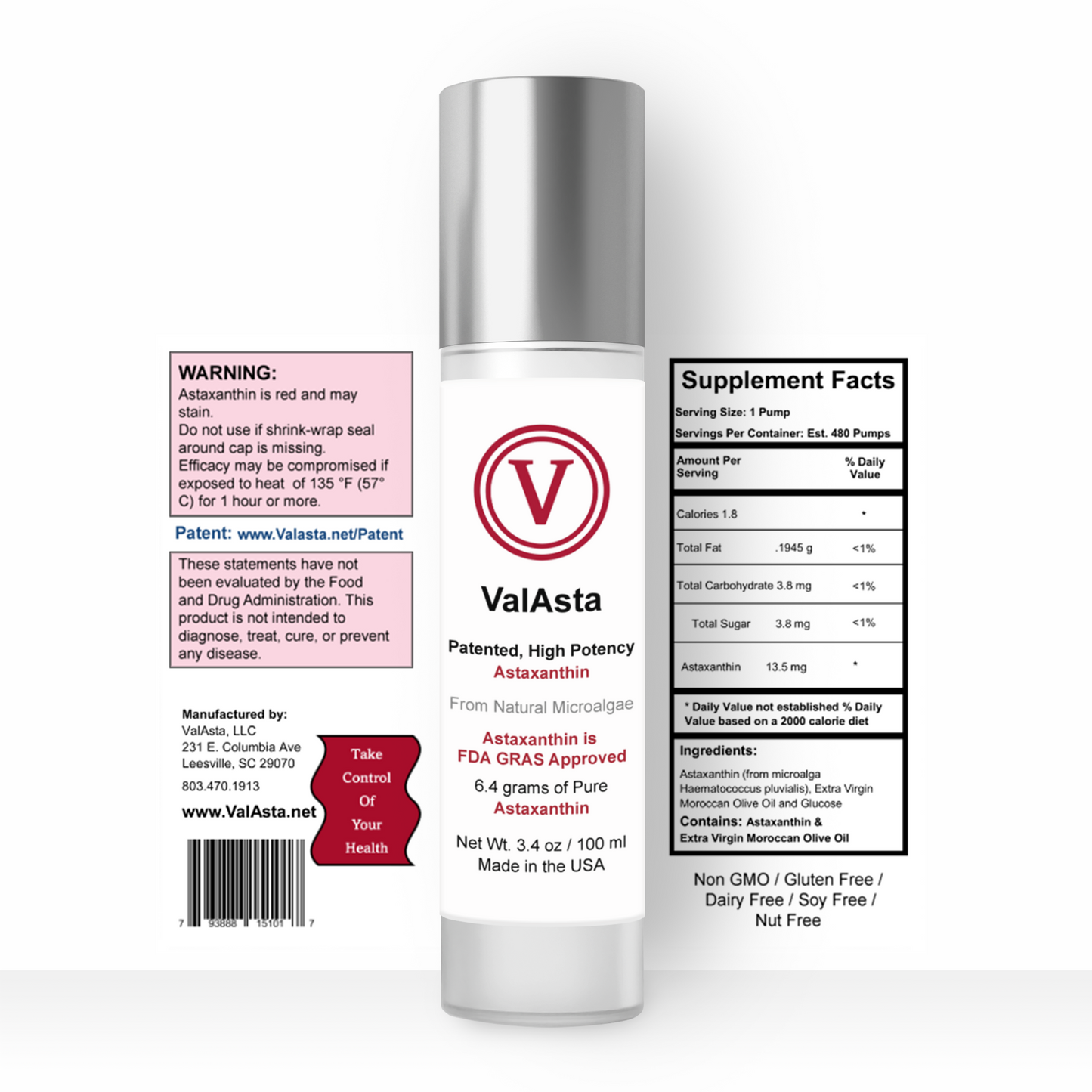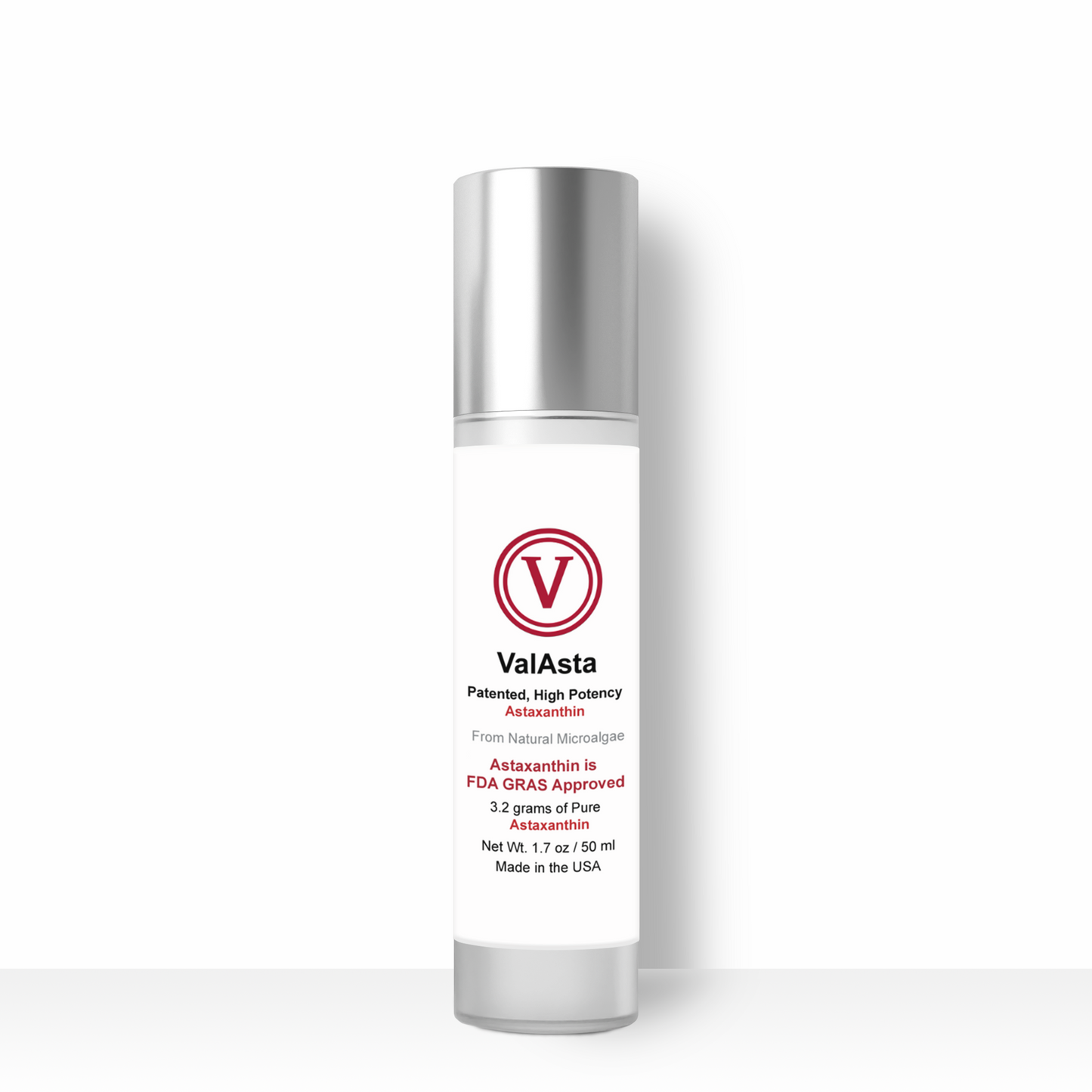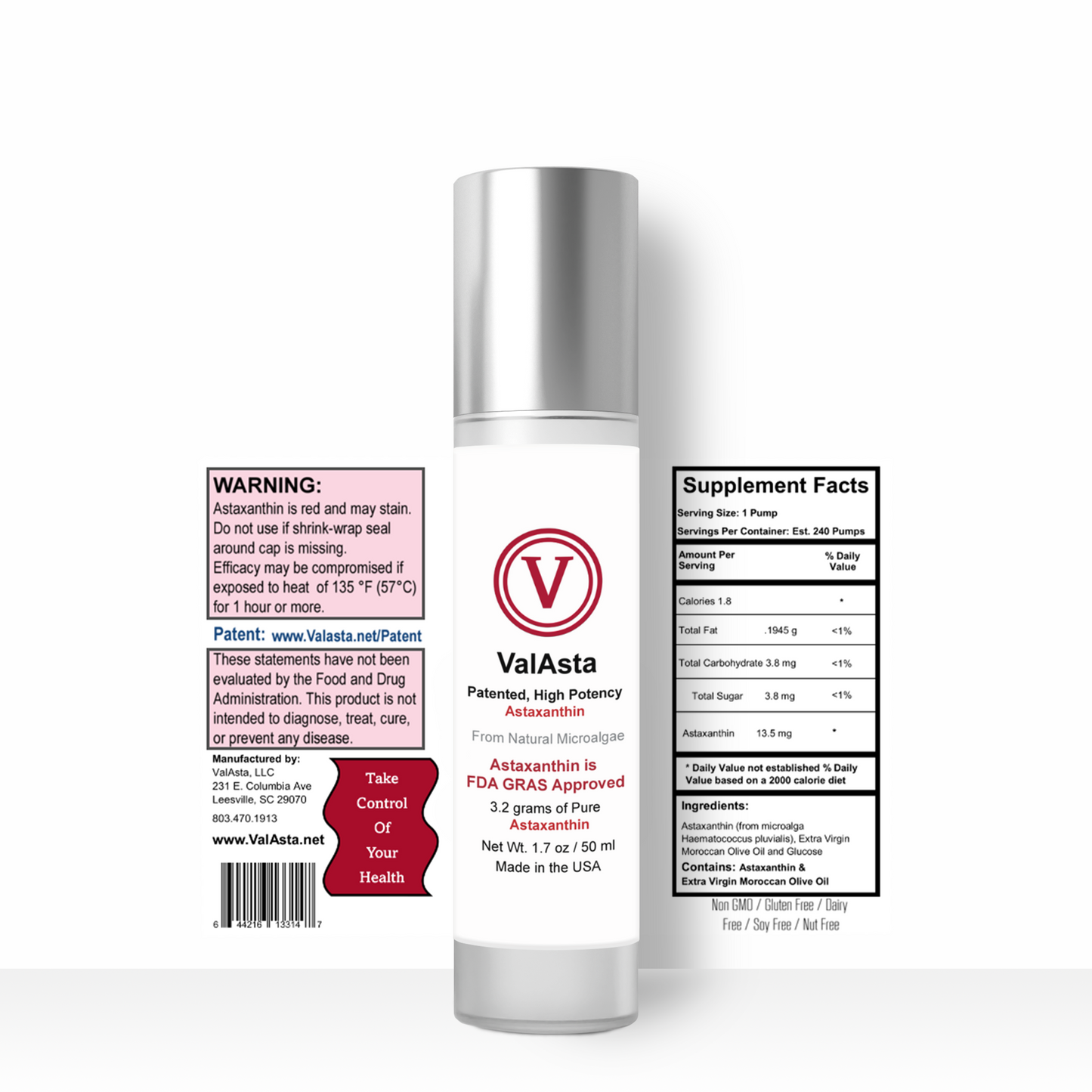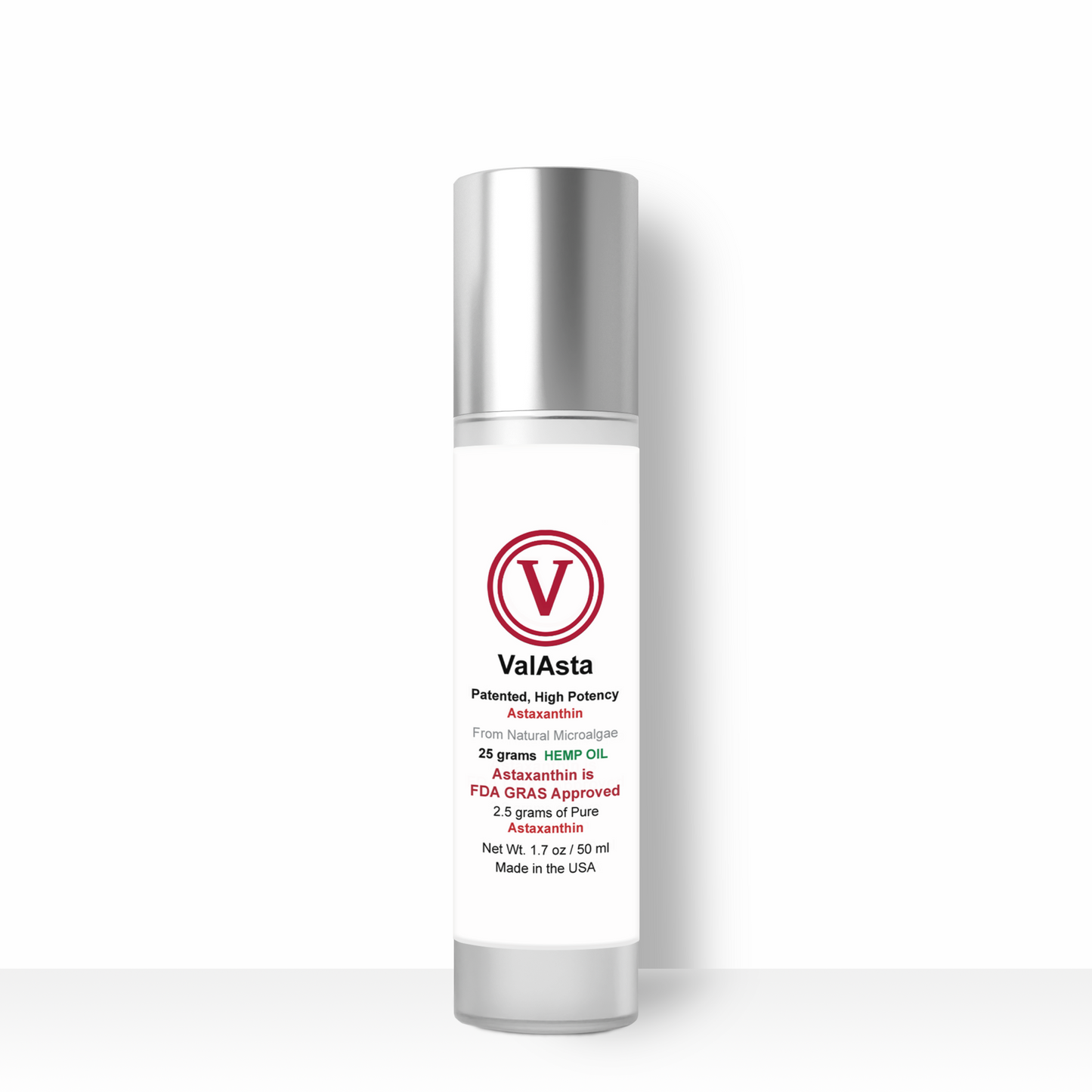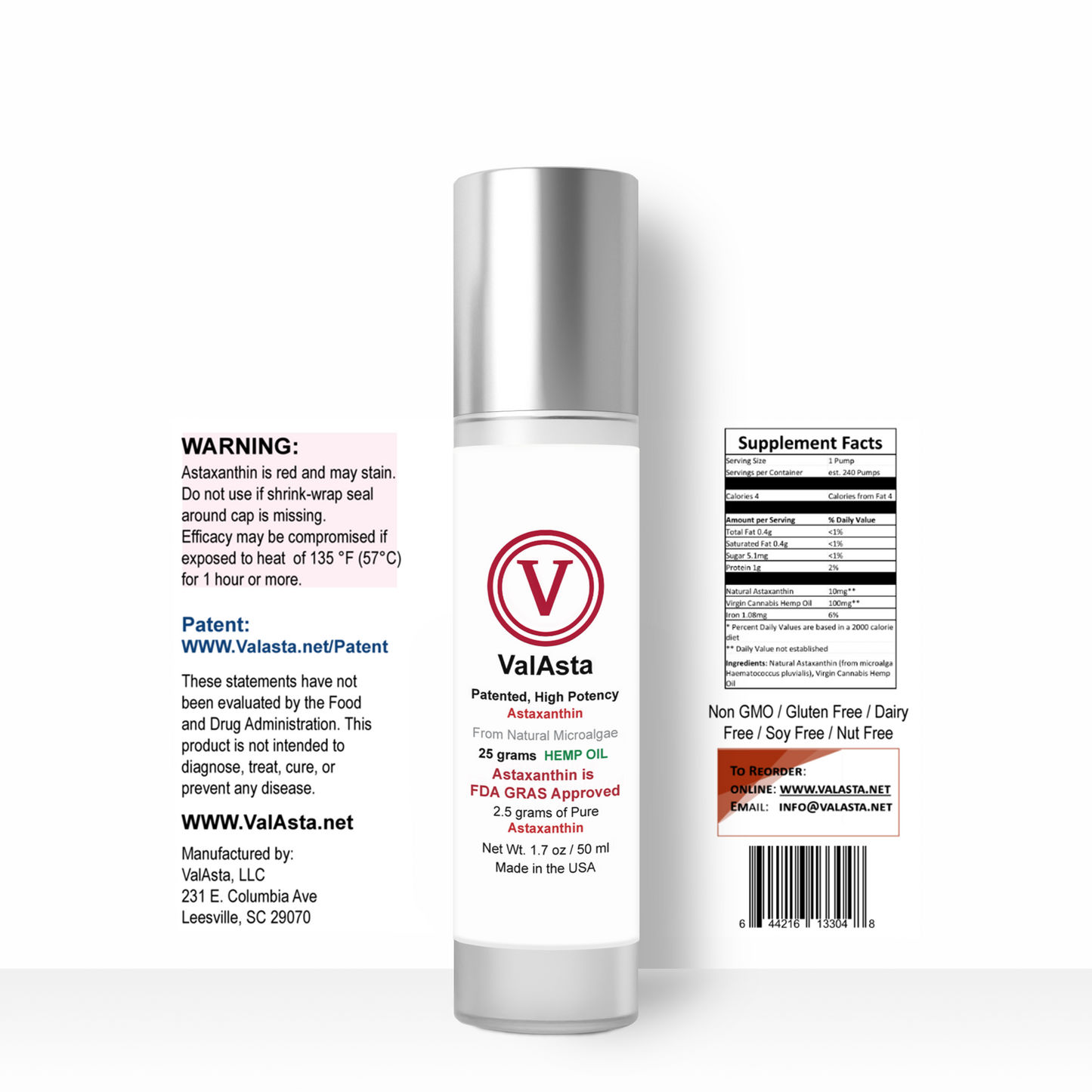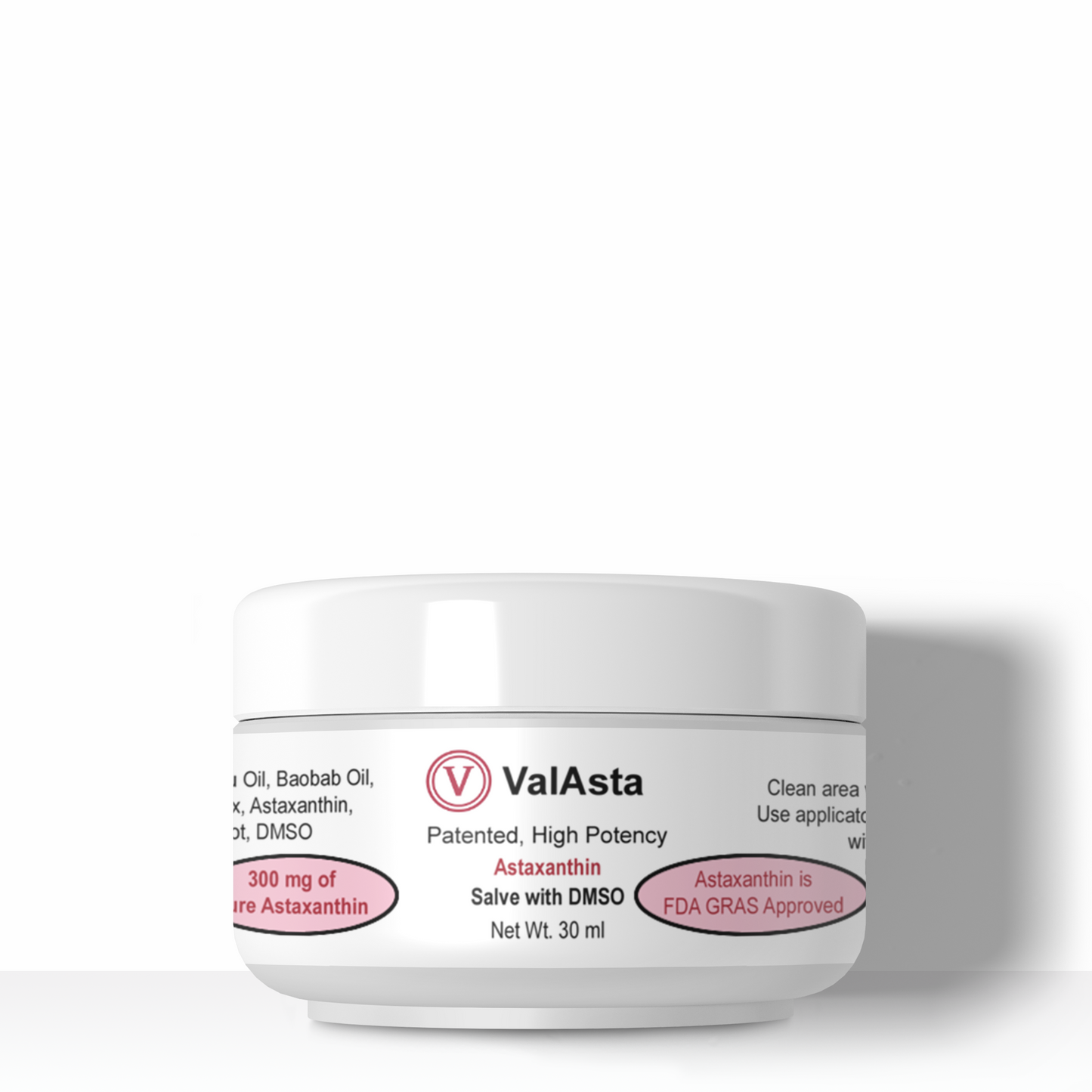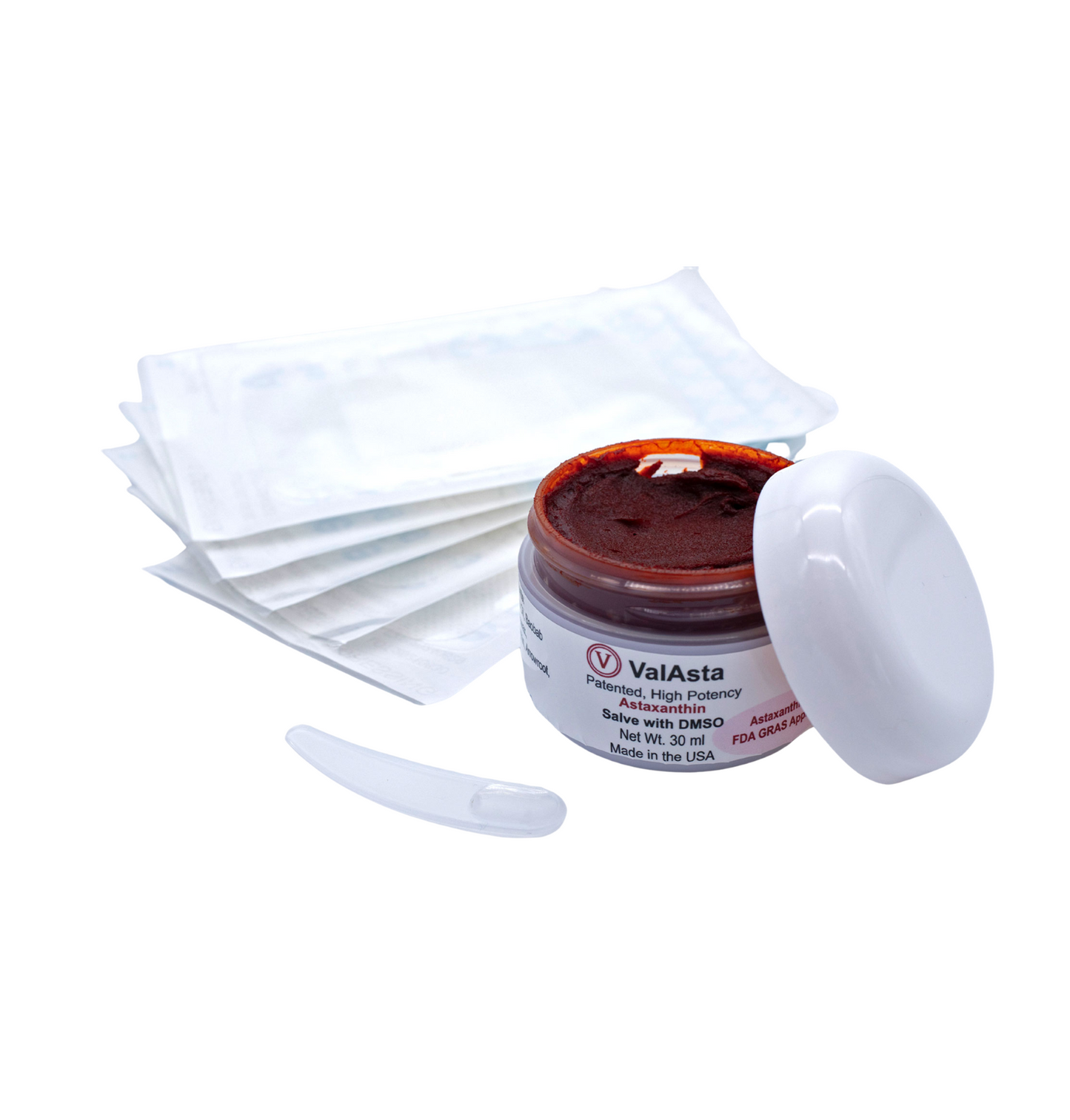
Parkinson's disease (PD) is a neurodegenerative disorder that affects predominately dopamine-producing neurons in a specific area of the brain.
Symptoms generally develop slowly over years. People with PD may experience:
- Tremor, mainly at rest and described as pill rolling tremor in hands.
- Bradykinesia, (slowness of movement and is one of the cardinal manifestations of Parkinson's disease).
- Limb rigidity (stiffness in arms and legs).
- Gait and balance problems.
The cause remains largely unknown. Although there is no cure, traditional medical treatment options vary and include medications and surgery. While Parkinson’s itself is not fatal, disease complications can be serious. The Centers for Disease Control and Prevention (CDC) rated complications from PD as the 14th cause of death in the United States.
5 Stages of Parkinson’s
- During this initial stage, the person has mild symptoms that generally do not interfere with daily activities. Tremor and other movement symptoms occur on one side of the body only. Changes in posture, walking and facial expressions occur.
- Symptoms start getting worse. Tremor, rigidity and other movement symptoms affect both sides of the body. Walking problems and poor posture may be apparent. The person is still able to live alone, but daily tasks are more difficult and lengthier.
- Considered mid-stage, loss of balance and slowness of movements are hallmarks. Falls are more common. The person is still fully independent, but symptoms significantly impair activities such as dressing and eating.
- At this point, symptoms are severe and limiting. It’s possible to stand without assistance, but movement may require a walker. The person needs help with activities of daily living and is unable to live alone.
- This is the most advanced and debilitating stage. Stiffness in the legs may make it impossible to stand or walk. The person requires a wheelchair or is bedridden. Around-the-clock nursing care is required for all activities. The person may experience hallucinations and delusions. The Parkinson’s community acknowledges that there are many important non-motor symptoms as well as motor symptoms.
The attached study shows how astaxanthin may be an effective, safe, and novel approach to combat Parkinson’s. Neuroinflammation and oxidative stress have a major contribution in the pathogenesis of Parkinson’s. The inhibition of these pathways plays an important role in preventing the disease progression, which is what astaxanthin does as a multi-target agent. Astaxanthin has the ability to cross the blood brain barrier unlike many traditional drugs. Allowing it to reduce the inflammation and oxidative stress which may be the cause and help to reduce the symptoms of the Parkinson’s.
Study: On the Neuroprotective Role of Astaxanthin: New Perspectives?

